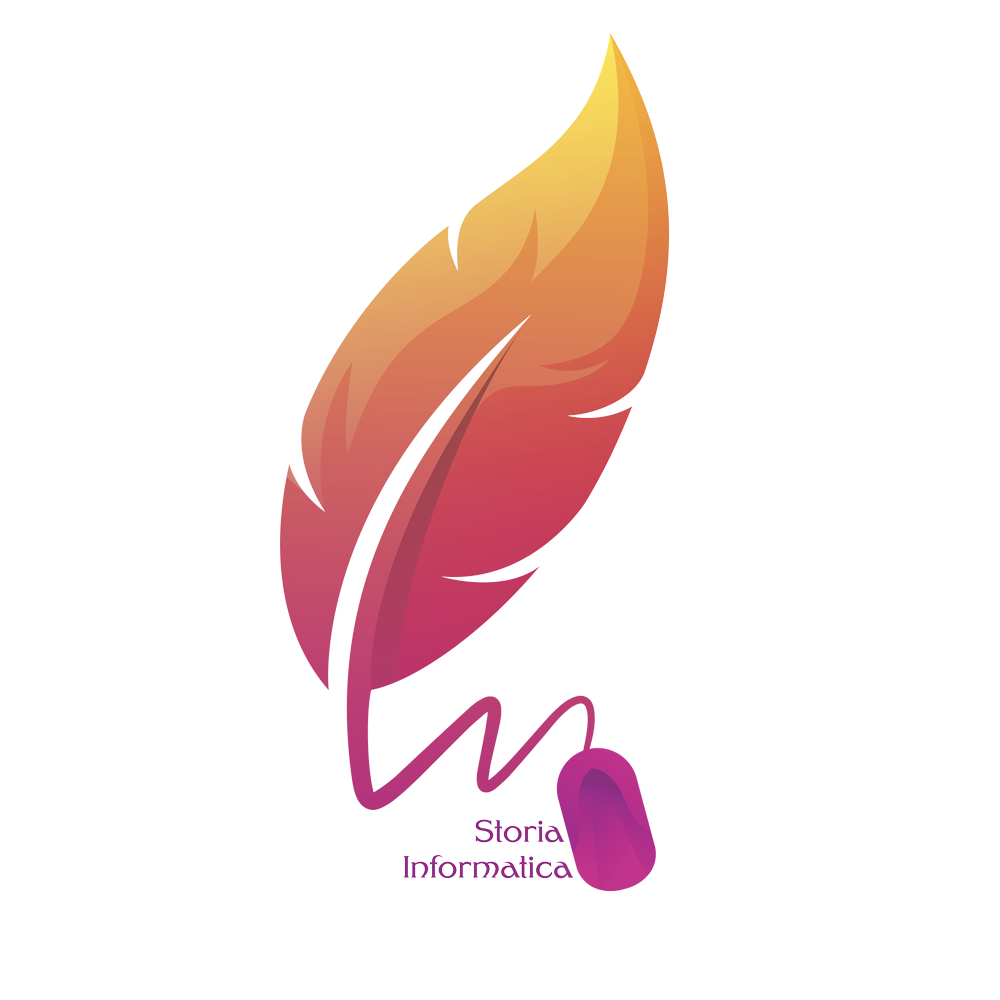Xenix è una versione del sistema operativo Unix sviluppata da Microsoft negli anni ottanta e successivamente ceduta a SCO.

Xenix in esecuzione su un 286
Nel 1979 Microsoft acquista da AT&T la licenza per utilizzare il codice di Unix e chiama il proprio prodotto Xenix, vista l’ostinazione di AT&T di non concede il marchio Unix in licenza.
Le prime versioni di Xenix sono molto simili a Unix V6, la versione del sistema di AT&T più recente disponibile in quel momento. Negli anni successivi Microsoft aggiorna il proprio sistema operativo, includendo codice di Unix System V, e dal 1985 Xenix viene definito come “basato su System V”.
Xenix viene venduto agli utenti finali, ma sotto licenza OEM, su architettura hardware proprietaria, perfettamente in linea con la strategia di BigM del periodo.

Inizialmente Xenix viene reso disponibile per PDP-11 e Zilog Z8001. Dal 1983 vengono rilasciate anche le versioni per Motorola 68000 e PC IBM. Nel 1985, con la versione 2.1.1, viene aggiunto il supporto per il processore 286, e da quel momento lo sviluppo si concentra principalmente sulla piattaforma di Intel. Nel 1987 viene realizzata la versione per l'80386, il primo sistema operativo a 32 bit disponibile per la piattaforma x86.
Nello stesso anno, in seguito all’accordo siglato con IBM per OS/2, Microsoft decide di interrompere lo sviluppo ed il supporto al suo sistema Unix-like e ne cede diritti a SCO.


Xenix distribuito da IBM e Intel
Vi proponiamo un interessante articolo apparso su un numero di byte di ottobre del 1983 proprio su Xenix:
"Microsoft (10700 Northup Way, Bellevue, WA 98004) is a name that has long been associated with microcomputer system software, yet the firm didn't offer Unix until relatively recently. While some early versions of its Xenix system were developed by other software houses on contract, Microsoft has turned Xenix into a well-supported product with significant performance and reliability enhancements. Xenix is available on the Radio Shack Model 16 and Apple Lisa, to name just two recent versions.
What of MS-DOS, Microsoft's operating system for the IBM PC that has become a de facto standard on 8086-based computers? Microsoft's plans for MS-DOS include gradual upgrades so that single-user MS-DOS will be virtually indistinguish-able from single-user Xenix. A case in point is the current version of MS-DOS known as 2.0. This system has a hierarchical file structure, I/O re-direction, and supports shell-like command files. Because Microsoft owns both Xenix and MS-DOS, it's a smart move on the company's part to coordinate an eventual merger. However, this merging muddies the comparison. Clearly, if MS-DOS is to become like Xenix (and therefore like Unix), it will no longer be considered competition. MS-DOS is also limited to 8086 and 8088 processors, so let's look upon Xenix as the multi-user MS-DOS of the future and call this a battle already won by Unix.
The biggest question mark is Microsoft and its Xenix. Apart from the success Xenix has had with hard-ware manufacturers such as Altos and Radio Shack, the tie-in to IBM with MS-DOS means that Microsoft is in a good position to bid on any possible IBM PC contract. It's hard to predict whether IBM will support a Unix-like system on the current PC or wait for its upcoming 80286-based model. AT&T itself could have the ad-vantage in the latter case (because it will have the rights to the "official" 80286-based Unix), so IBM could well prefer to deal with AT&T directly. IBM has proved unpredictable before, however, and might rather go with Microsoft because it is smaller."


